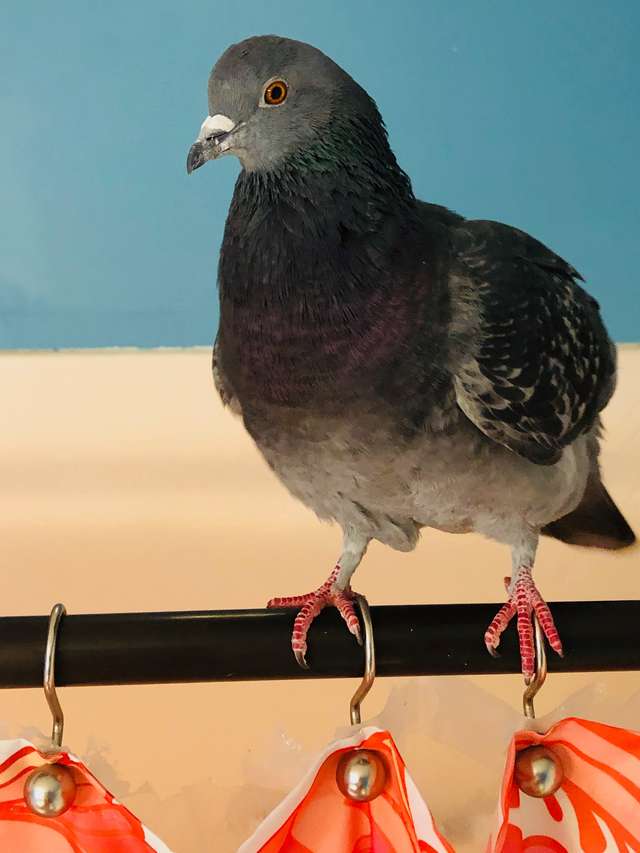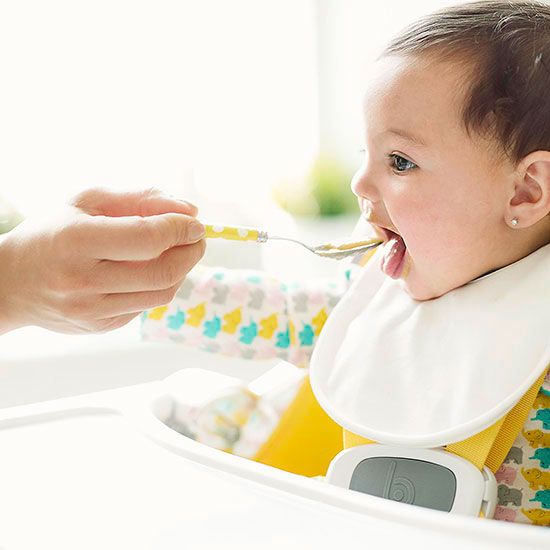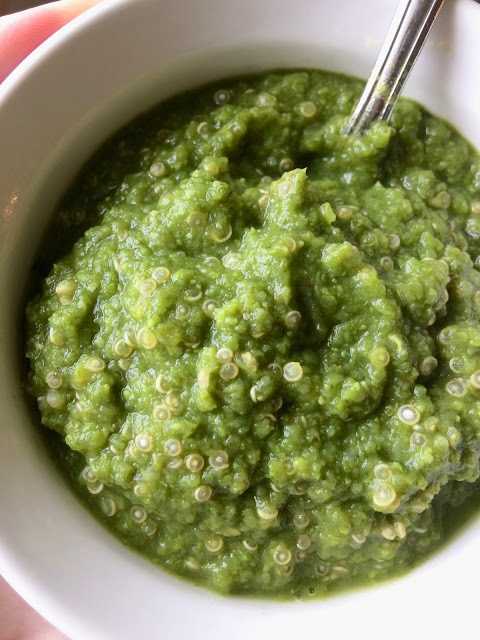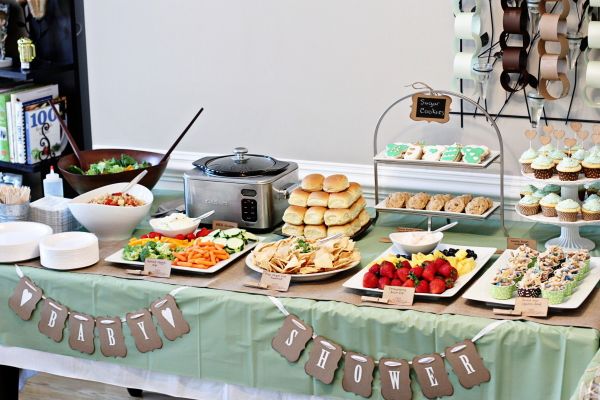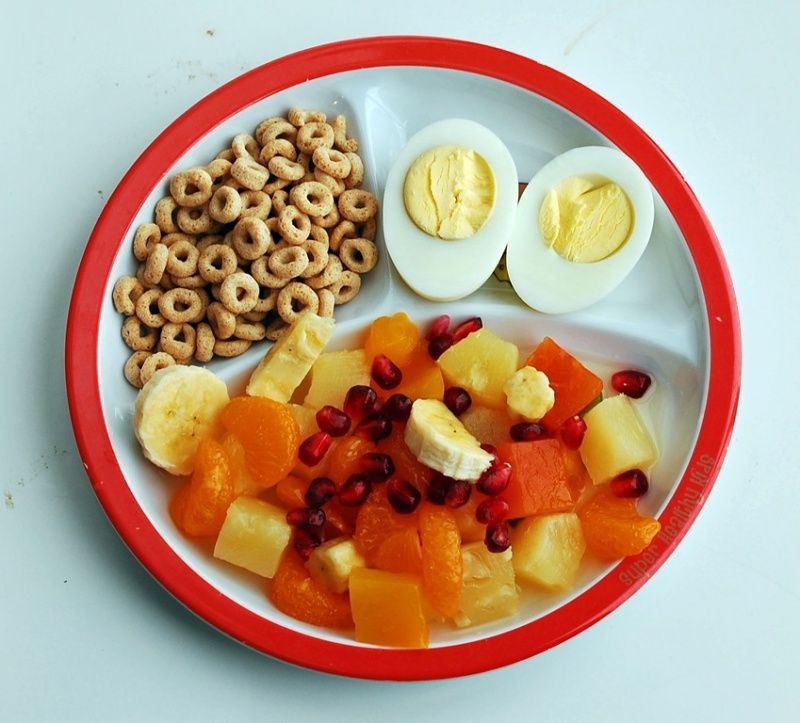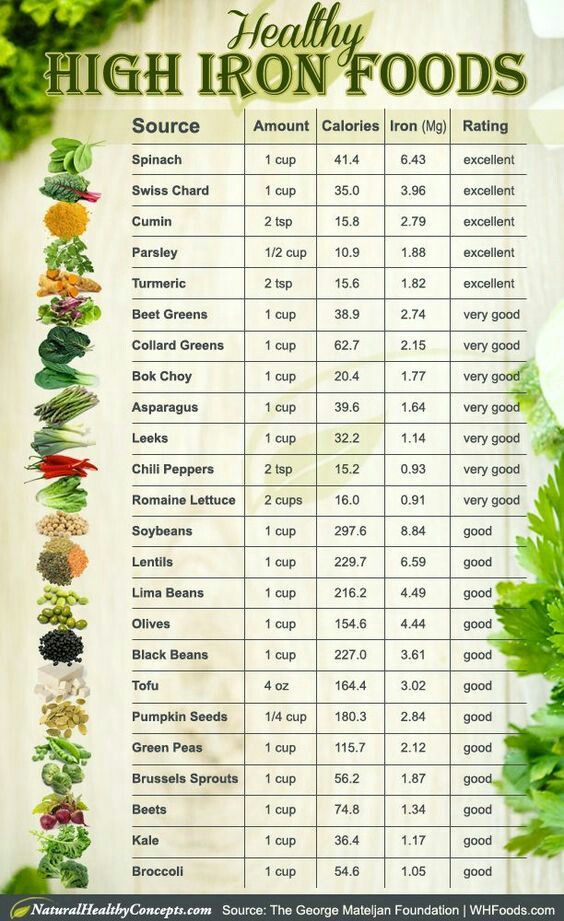Baby turkey feed
CARE & FEEDING OF BABY TURKEYS
Baby turkey poults are like any other baby – they need fresh food and water, and to be kept clean and warm. You can download our guide “Caring and Feeding of Baby Turkeys” or continue reading below.
Brooder
Keeping poults warm entails a brooder. A good brooder will have several things – it will keep the poults safe, have either bedding to absorb wastes or a wire mesh floor to allow droppings to pass through, and a heat source. A brooder can be as simple as a cardboard box with one to three inches of wood shavings for bedding, or as complex as a commercial metal box brooder. For a few poults, cardboard has the advantage of being cheap, disposable/recyclable, and sanitary. A wooden or metal brooder is more appropriate for larger numbers of poults, or if you raise many batches of poults per season. It should be scrubbed and disinfected between uses. Brooders should be large enough to allow the poults to get away from the heat source –3’x4’ is a good size for a few poults and will allow plenty of room for the first couple of weeks. Turkey poults grow rapidly, and will need a larger brooder after a few weeks – they should never be overcrowded. For the first few days, place paper toweling or an old cloth towel over the litter, so the poults learn to eat food, not litter. Keep the brooder clean – change litter at least once a week, more if you have many poults. Damp dirty litter and droppings can cause respiratory problems and infections. Poults should never be brooded on newspaper – its surface is too slick and can cause leg problems.
Heat Source
For a small number of poults, a 100-150 watt hanging clamp-style work lamp is sufficient heat. Clamp to the side of the box and have the bulb and hood hanging over the side. For a greater number of poults, a 250-watt infrared bulb can be used. Infrared bulbs get very hot – they should be kept a minimum of 18 inches away from flammable items (such as wooden or cardboard walls, and wood shavings). If using an infrared bulb, be sure to use a porcelain socket – plastic will melt. A brooder should not be evenly heated. It should have a cooler area for chicks to find their level of comfort. For the first week of life, the brooder should be at about 95 degrees. Poults will let you know if the brooder is too hot or too cold. Too hot, and the birds will crowd as far from the heat as possible. Too cold, and they will stand huddled under the light and peep loudly. Raise or lower the heat source accordingly. If you cannot physically raise or lower the lamp, use a different wattage bulb. For each successive week, the temperature should be lowered 5 degrees until completely feathered out at five to six weeks. If housed out of drafts, they should not need any additional heat beyond this age.
A brooder should not be evenly heated. It should have a cooler area for chicks to find their level of comfort. For the first week of life, the brooder should be at about 95 degrees. Poults will let you know if the brooder is too hot or too cold. Too hot, and the birds will crowd as far from the heat as possible. Too cold, and they will stand huddled under the light and peep loudly. Raise or lower the heat source accordingly. If you cannot physically raise or lower the lamp, use a different wattage bulb. For each successive week, the temperature should be lowered 5 degrees until completely feathered out at five to six weeks. If housed out of drafts, they should not need any additional heat beyond this age.
Water
Fresh, clean water should be available to poults at all times. The water should be cool, not hot and not cold. Birds drink to cool themselves down – if they start going through too much water, they may be overheated and the brooder temperature needs to be lowered.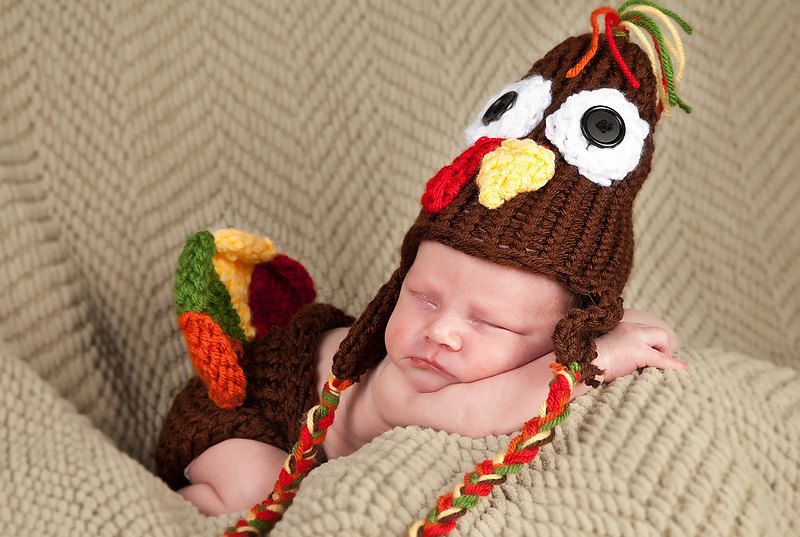 For 5 or fewer poults, a quart-size chick fount will take them through a few weeks; for more poults or older birds, a gallon fount will be a more appropriate size. You’ll know if you need a larger waterer if you need to fill more than once per day. Water should never be provided in an open dish – poults will track droppings and spilled feed through it and invite disease. For the first few days, the waterer can be placed directly on the toweling. When the toweling has been removed, place the waterer on a non-slip elevated surface, like a wire platform, to prevent the poults from scratching litter into their water. Increase height as they grow older – bricks or 2X4” wire-covered lumber boxes are equally useful.
For 5 or fewer poults, a quart-size chick fount will take them through a few weeks; for more poults or older birds, a gallon fount will be a more appropriate size. You’ll know if you need a larger waterer if you need to fill more than once per day. Water should never be provided in an open dish – poults will track droppings and spilled feed through it and invite disease. For the first few days, the waterer can be placed directly on the toweling. When the toweling has been removed, place the waterer on a non-slip elevated surface, like a wire platform, to prevent the poults from scratching litter into their water. Increase height as they grow older – bricks or 2X4” wire-covered lumber boxes are equally useful.
Food
Baby turkeys need to eat turkey/gamebird starter mash or crumbles, a blend specially formulated for their growth and development. Layer or breeder mash, crumbles, or pellets should never be fed to poults, not even as an emergency ration. It has a high calcium content that is toxic to poults and will cause bone, liver, and kidney problems or cause death. A good emergency ration is a 50-50 blend of rolled oats and cornmeal, whirled in a food blender to a mash or crumble consistency. They should not be on this emergency ration for more than a day or so, as it does not constitute a balanced diet. Starter feeds should contain no greater than 28% protein – too much protein causes growth problems. For the first few days, sprinkle feed on a paper towel so that poults can learn to eat. Poultry feeders come in many styles, but they should prevent feed spillage and wasting, and prevent contamination with litter or droppings. Elevating the feeder after the first few days helps.
A good emergency ration is a 50-50 blend of rolled oats and cornmeal, whirled in a food blender to a mash or crumble consistency. They should not be on this emergency ration for more than a day or so, as it does not constitute a balanced diet. Starter feeds should contain no greater than 28% protein – too much protein causes growth problems. For the first few days, sprinkle feed on a paper towel so that poults can learn to eat. Poultry feeders come in many styles, but they should prevent feed spillage and wasting, and prevent contamination with litter or droppings. Elevating the feeder after the first few days helps.
Chick starter can be used to raise turkeys, with cautions: It does not have enough proteins or vitamins for good development. If chick starter is used, be sure to supplement with brewer’s yeast at the rate of 2 cups per 10 lbs of chick starter.
Turkeys have no teeth – they need grit in the form of small rocks to grind their food. Baby poultry grit consists of very small stones, like coarse sand, similar to parakeet grit. It should never contain oyster shell or other forms of calcium – excess calcium is very detrimental to poults. Most store-bought small grit preparations already have oyster shell in them. You can “make” your own chick grit by purchasing a bag of decomposed granite from a building supply store. Wash the granite in a large tub, rinsing out fine sand and mud, and letting it dry. Save the larger pieces for adult poultry, and sprinkle a bit of the smaller grains on the turkey starter as if you were salting food. If poults are given no additional food other than turkey starter, they don’t NEED grit but it may help in certain situations (see below).
It should never contain oyster shell or other forms of calcium – excess calcium is very detrimental to poults. Most store-bought small grit preparations already have oyster shell in them. You can “make” your own chick grit by purchasing a bag of decomposed granite from a building supply store. Wash the granite in a large tub, rinsing out fine sand and mud, and letting it dry. Save the larger pieces for adult poultry, and sprinkle a bit of the smaller grains on the turkey starter as if you were salting food. If poults are given no additional food other than turkey starter, they don’t NEED grit but it may help in certain situations (see below).
Turkeys are good foragers and poults can go out on grass or range on warm days at a couple of weeks of age, if the lawn is unsprayed and grit is provided with their feed. Poults should only be allowed to range on clean ground, preferably where no adult poultry have been for 6-12 months to prevent bacterial or parasitic infestations. Grit may also be a good idea if you are using wood shavings as litter – it will help prevent crop impaction if litter is accidentally ingested.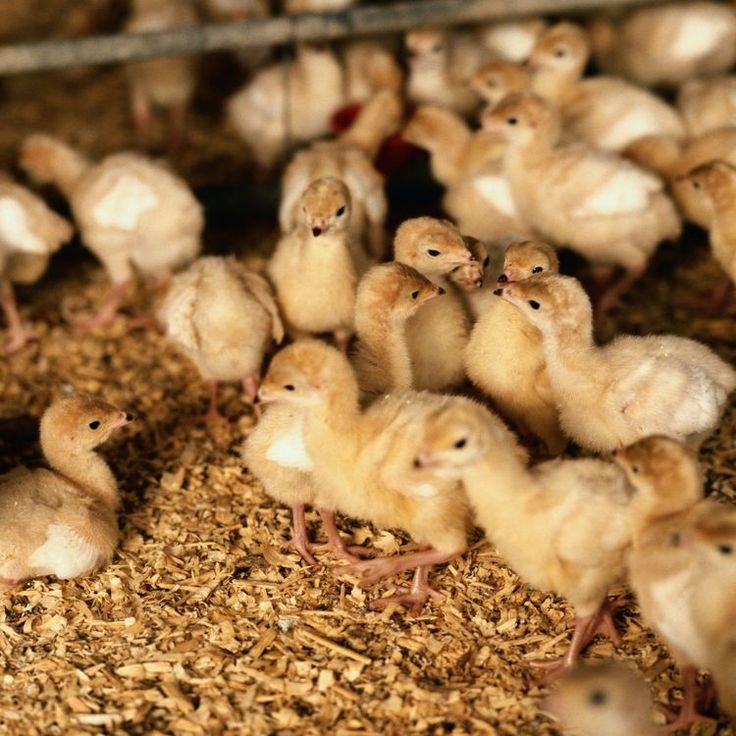
Diarrhea and vent pasting (droppings sticking to their behinds) is a common problem in young poults. This is caused by a variety of problems, such as a brooder that is too cold. If pasting does occur, carefully pick off the dried droppings (warm water helps) so the vent does not become blocked. If pasting continues, try increasing the brooder temperature, or feed a blend of plain rolled oats processed in a blender mixed 50-50 with turkey starter. Sprinkling chick grit on their feed also helps prevent pasting.
Poults should be fed 28% protein turkey starter until 8 weeks of age. 24-26% protein turkey grower crumbles should be fed after the first 8 weeks until they are approximately 6 months of age. At that time, they can be switched to 16% – 18% lay pellets, crumbles, or mash. Additional calcium (for adults only) in the form of crushed oyster shell is beneficial, especially if the turkeys free range or are fed table scraps.
General management and FAQs
~~Turkeys are more difficult to raise than chickens or ducks.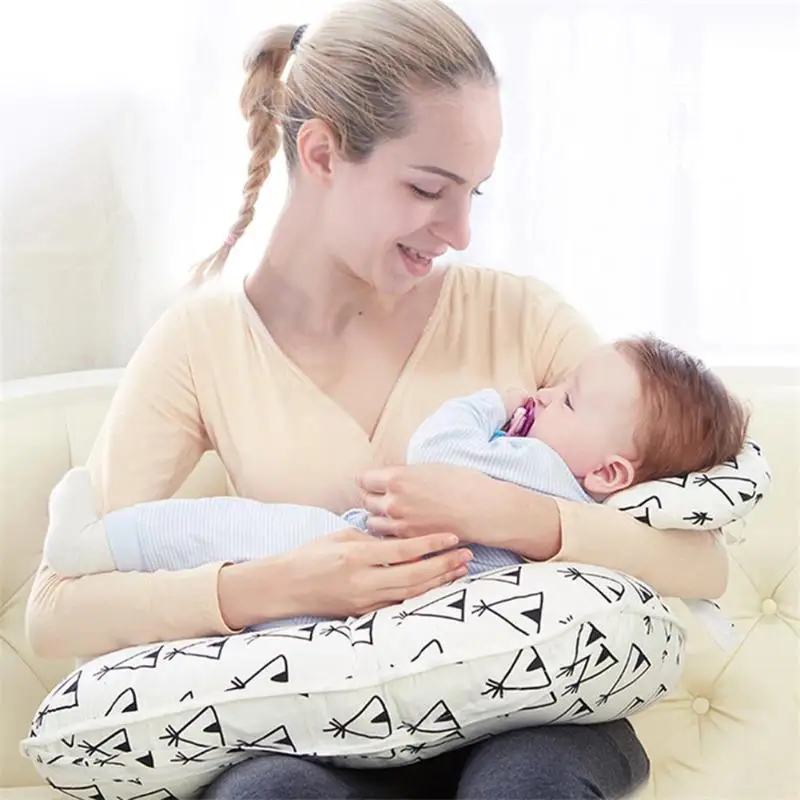 They are more delicate and sensitive to environmental and nutritional mismanagement. Good sanitation, disease prevention, and the right kind of food for their stage of development cannot be overemphasized. Turkeys are social flock creatures – you should never have just one. They need a buddy. A few turkeys can be housed with chickens as long as strict sanitation is practiced, as turkeys are more susceptible to diseases carried by chickens.
They are more delicate and sensitive to environmental and nutritional mismanagement. Good sanitation, disease prevention, and the right kind of food for their stage of development cannot be overemphasized. Turkeys are social flock creatures – you should never have just one. They need a buddy. A few turkeys can be housed with chickens as long as strict sanitation is practiced, as turkeys are more susceptible to diseases carried by chickens.
~~Poults that are listless, huddled with drooping wings, and have blood in the stools may have coccidiosis, a protozoan infestation. Good management of clean, dry litter (avoid damp wet spots from spilled water) and not letting poults range on land where adult poultry have been living will prevent coccidiosis. Antibiotics will not cure coccidiosis – only sulfa drugs such as Sulmet will treat it. Preventing this common babyhood disease through good sanitation is a much better course of action. Poults will gain a natural immunity to coccidia as they mature.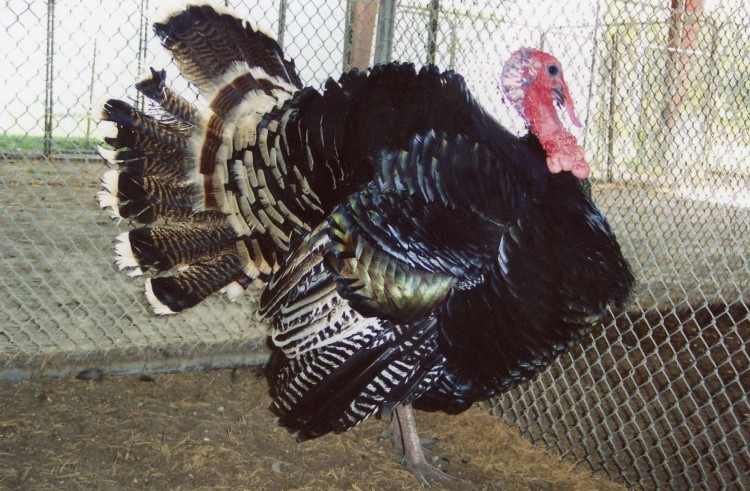
~~Poults and adults can become habitual feather pickers, where they pick at newly growing blood quills. Causes of this range from overcrowding, overheating, too much light, not enough protein, etc. This habit must be stopped early – feather picking can become difficult to break. Giving leafy greens to pick at, increasing brooder space, lowering heat, proper nutrition, and reducing light by lowering the wattage or switching to a red-colored bulb may help. Free range is often the best cure for behavioral problems.
~~Roosts can be provided beginning about four weeks of age, raising them higher as the birds grow older. Allow 6 inches of roost space for 4-week olds, 24 inches for adults. Turkeys prefer flat roosts, like a 2”x6” with the flat side up. Broad-breasted varieties or other meat birds should not be given roosts because it can cause crooked keels and breast blisters. 3”-4” of bedding should be provided for broad-breasted breeds of turkey.
~~Turkeys are happiest when they have more room. Coops and runs that allow more than the minimum space make healthier, happier birds. The minimum space requirements for open housing (coop with free range) is 4 sq. ft. per bird; for confined housing (never allowed outside) is 10 sq. ft. per bird.
Coops and runs that allow more than the minimum space make healthier, happier birds. The minimum space requirements for open housing (coop with free range) is 4 sq. ft. per bird; for confined housing (never allowed outside) is 10 sq. ft. per bird.
~~Turkey hens do not need turkey toms to lay eggs – they will produce eggs without a mate, but they won’t be fertile and cannot hatch.
~~Turkey feed comes in mash, crumbles, and pellets. Turkeys can waste an enormous amount of feed – and feed spilled on the ground can become wet, moldy, and toxic. Pellets are the least wasteful form, followed by crumbles and then mash. Feeders hanging or placed at the level of the birds’ backs will help prevent feed wastage.
~~Hen scratch or other whole or cracked grain mixes are tasty treats for turkeys. But, as with all treats, they should be fed in limited amounts. Scratch is not a balanced diet as it generally contains about 9% protein – much too low for a growing youngster or laying hen.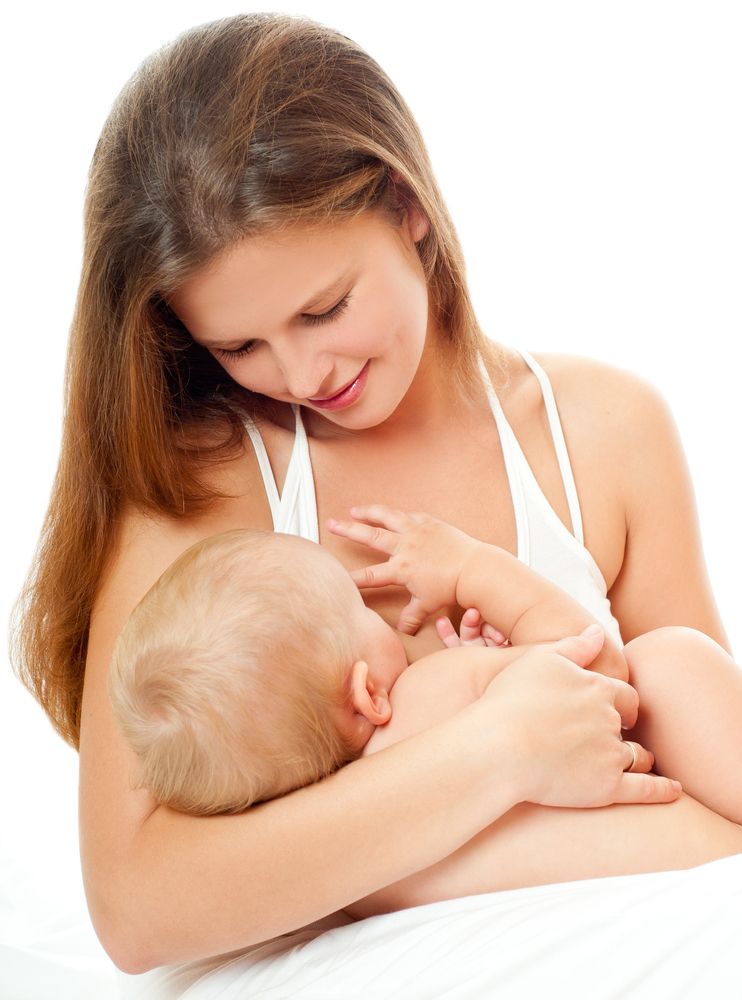 Scratch should be fed as a treat, not as a primary feed. If scratch or other grains are fed, grit must be provided.
Scratch should be fed as a treat, not as a primary feed. If scratch or other grains are fed, grit must be provided.
~~2’x2’ nest boxes should be provided at about 5 months of age, to allow the birds to get used to them. The sooner you provide nests, the more likely they will use the nests rather than laying their eggs on the ground. They should begin to lay at about 8 months of age.
How to Raise Baby Turkeys
How to Raise Baby TurkeysThe store will not work correctly in the case when cookies are disabled.
JavaScript seems to be disabled in your browser. For the best experience on our site, be sure to turn on Javascript in your browser.
Toggle Nav
Search
STORESMY ACCOUNT
Menu
Account
Posted in: Poultry Care
Baby Turkeys (turkey poults) are fairly easy to raise, if you follow a few simple steps. Turkey poults love heat. They will be happiest if you keep their brooder temperature at 95-100 degrees for the first week, then lower the temperature by about 5 degrees per week until they are fully feathered, approximately 6-8 weeks old. They will still appreciate a heat lamp at night for a few weeks after this period if the nights are cool. You can tell if they are comfortable by the way they arrange themselves in the brooder: all clumped under the heat source, they are too cold; all far away from the heat source, they are too hot; spread all over the brooder, they are comfortable. They will also cheep if they are cold or ill, and will be fairly quiet if they are happy. Always make sure they have room to get away from the heat.
Keep them clean and dry. Pine shavings or rice hulls make good bedding. Never brood them on slick surfaces like newspaper. Never give a turkey poult cold water - cold water can be deadly to turkey poults. The water should always be lukewarm, and it is a good idea to add a vitamin and electrolyte supplement to their water.
Turkey poults love heat. They will be happiest if you keep their brooder temperature at 95-100 degrees for the first week, then lower the temperature by about 5 degrees per week until they are fully feathered, approximately 6-8 weeks old. They will still appreciate a heat lamp at night for a few weeks after this period if the nights are cool. You can tell if they are comfortable by the way they arrange themselves in the brooder: all clumped under the heat source, they are too cold; all far away from the heat source, they are too hot; spread all over the brooder, they are comfortable. They will also cheep if they are cold or ill, and will be fairly quiet if they are happy. Always make sure they have room to get away from the heat.
Keep them clean and dry. Pine shavings or rice hulls make good bedding. Never brood them on slick surfaces like newspaper. Never give a turkey poult cold water - cold water can be deadly to turkey poults. The water should always be lukewarm, and it is a good idea to add a vitamin and electrolyte supplement to their water.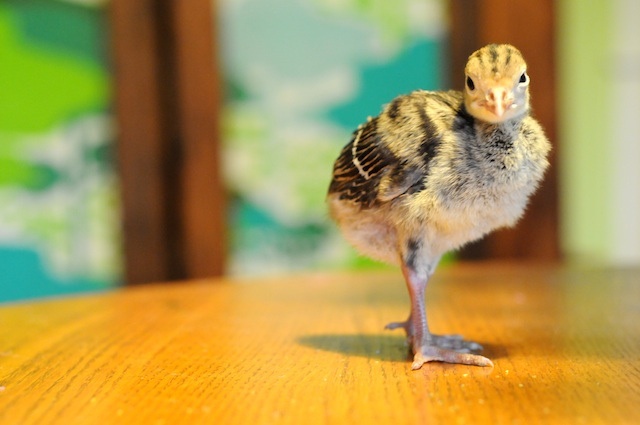 You can also get them eating and drinking well by placing shiny colored marbles in the feed and water to get their attention. Change waterers daily or when they get dirty.
Turkeys need higher protein than Chickens. The poults will need a 28% protein starter for the first 6-8 weeks. We recommend looking for specialized turkey or wild game bird feed. After that, you can change them over to a feed with an 18% protein. Grange Co-op offers Rogue All-In-One (25AIO-50AIO). Never feed them layer pellets, as the calcium level is too high for growing birds. When they are about 3 weeks old, you can start sprinkling a little chick grit on their feed. Do not give them scratch until they are at least 8 weeks old, then you can give them a little as a treat. Grange Co-op offers Rogue Hen Scratch (50HS). When the hens begin to lay they should have free choice access to grit and oyster shell. They will appreciate greens, bread, garden trimmings and other treats as well.
Turkeys are very personable birds and you can easily teach them to eat out of your hand, come to your call, and they will often follow you around, begging for treats and attention.
You can also get them eating and drinking well by placing shiny colored marbles in the feed and water to get their attention. Change waterers daily or when they get dirty.
Turkeys need higher protein than Chickens. The poults will need a 28% protein starter for the first 6-8 weeks. We recommend looking for specialized turkey or wild game bird feed. After that, you can change them over to a feed with an 18% protein. Grange Co-op offers Rogue All-In-One (25AIO-50AIO). Never feed them layer pellets, as the calcium level is too high for growing birds. When they are about 3 weeks old, you can start sprinkling a little chick grit on their feed. Do not give them scratch until they are at least 8 weeks old, then you can give them a little as a treat. Grange Co-op offers Rogue Hen Scratch (50HS). When the hens begin to lay they should have free choice access to grit and oyster shell. They will appreciate greens, bread, garden trimmings and other treats as well.
Turkeys are very personable birds and you can easily teach them to eat out of your hand, come to your call, and they will often follow you around, begging for treats and attention. The more you handle them, the tamer they will become. Contrary to popular belief, turkeys do not drown in the rain, although young birds have been known to become ill and die if they become wet and chilled. They can be a very enjoyable bird to have around.
Heritage turkeys, the old-style varieties that are still naturally mating, are long-lived and hardy. Broad-breasted varieties are typically used only for meat, so they are not meant to be raised beyond 16 to 20 weeks. If you wish to use heritage turkeys for meat birds, it will take 6-8 months to grow them to eating size. They also make good breeding or show stock and pets. They are much more disease-resistant than broad-breasted varieties, and will do well on free-range or in pens.
The more you handle them, the tamer they will become. Contrary to popular belief, turkeys do not drown in the rain, although young birds have been known to become ill and die if they become wet and chilled. They can be a very enjoyable bird to have around.
Heritage turkeys, the old-style varieties that are still naturally mating, are long-lived and hardy. Broad-breasted varieties are typically used only for meat, so they are not meant to be raised beyond 16 to 20 weeks. If you wish to use heritage turkeys for meat birds, it will take 6-8 months to grow them to eating size. They also make good breeding or show stock and pets. They are much more disease-resistant than broad-breasted varieties, and will do well on free-range or in pens.
August 28, 2015
9975 view(s)
Search The Blog
Categories
Recent Posts
Turkey Puree Encyclopedia Baby Food
Recipes 8-10 Months Gluten Free Milk Free Flour Free Meat Free Sugar Free Egg Free Boil Second Breakfast Meat Low Calorie Lunch First Food Snack Cooked Mashed Dinner
No Comments
Levchuk Victoria ©
Turkey puree is ideal for 8-10 month old baby. Moreover, one-component meat puree is a cheap way to make healthy food for your baby varied and interesting!
Moreover, one-component meat puree is a cheap way to make healthy food for your baby varied and interesting!
Mashed turkey is usually offered to the baby as a first meal. Remember that the first servings of meat puree should be no more than 30 grams. We also pay attention to the texture of the finished puree, it should be homogeneous without pieces and fibers. It is worth preparing the first turkey meat puree carefully so that the baby is impressed not only with taste, but also with a delicate texture. The first spoonful of meat puree determines whether the baby will like meat in the future or not.
A great and easy recipe to add some protein to your child's diet. It is necessary to boil the turkey meat, as we described in the article "How to prepare meat supplements", and then prepare a delicious turkey puree for the baby.
Ingredients
- 1 cup of cold and cooked turrets prepared without bones for pieces no more than 3 cm
- 1/4 cup of ordinary water
portions: portions
Instructions
-
Blend the boiled meat pieces in a blender until smooth.

-
Slowly add water to the puree, then stir until a homogeneous liquid consistency is obtained.
-
Add as much liquid as necessary to obtain a liquid consistency suitable for a child.
-
You can add vegetables or fruits to this puree if you like.
Social networks:
When the baby is growing, proteins, fats and carbohydrates should appear in its diet. Usually, breast milk is not enough, for which complementary foods are introduced according to age - first vegetable, then meat. What kind of meat is good for a child, your pediatrician will always tell you.
So, according to verified data, baby puree with turkey meat is ideal for the first meat supplement . This is a dietary product that does not cause allergies. Read also about complementary foods from rabbit, chicken, beef, pork.
The child's body easily tolerates and assimilates turkey meat . The child's digestion will not suffer, because the meat does not have coarse dietary fibers and tendons. Also, it helps to remove waste and toxins from the body. To stabilize the nervous system and the emotional state of the child, Magnesium, Zinc, Iron, which are just found in meat, will help. Vitamins A, B, C, calcium and phosphorus strengthen the immune system, improve sleep, give vigor and strength. Increase brain activity, strengthen bones, nails, hair.
Meat must not be introduced before eight months . In order to properly introduce complementary foods, for several days you should not feed the child with something unusual that can cause allergies. For the first time, half a teaspoon of grated turkey meat is enough, then the portion can be increased. Vegetable broth or breast milk can be added to puree, then the child will be more accustomed to trying new things. The best time for the test is the first half of the day, when the child's body is ready for the main meal.
The best time for the test is the first half of the day, when the child's body is ready for the main meal.
More details - meat in baby food.
After the trial, be careful for the first 2 hours . Allergies and digestive disorders can occur during this period of time. Whatever turkey is hypoallergenic, do not forget about individual intolerance. It is worth using only fresh meat, in which you are sure of. If there are any changes, you should postpone the introduction of complementary foods for a while and consult a doctor.
If you are not sure that you can properly cook turkey meat that is suitable for a child, turn to store-bought purees. These days, there are many companies that make baby turkey puree, and they can be trusted.
According to the composition, each jar of baby puree contains about 70% turkey meat, the rest is food additives - sunflower oil, salt.
Complementary meat puree has three types of grinding, for each age of the baby.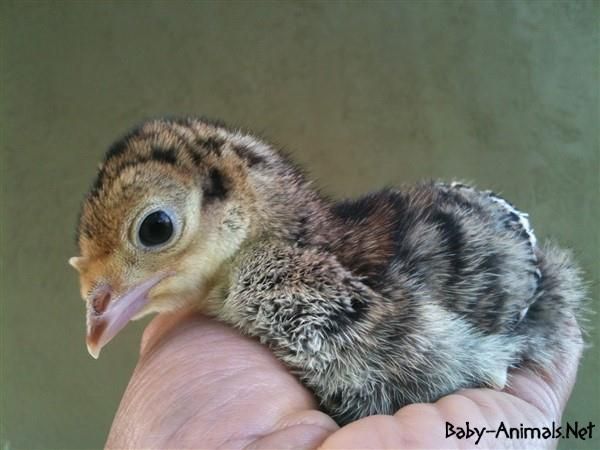
homogenized purees are good for babies after 6 months: they have a liquid consistency and can be easily swallowed.
Crushed puree is designed for 8 months old, but children after 9-10 months can be offered coarsely crushed puree that they can chew on.
All these brands have turkey puree in their product line. In baby purees, it is combined with pumpkin, broccoli, potatoes, carrots, rice, and veal. Thanks to such a variety of tastes, you can determine what your baby likes best.
Glass or tin jars are convenient to take with you on the road or to the doctor , because puree does not need to be prepared, it is enough to store it correctly and observe the shelf life.
But, if natural turkey puree cannot cause an allergic reaction, then there are components in ready-made puree that can provoke it. You have to be very careful with these products.
When the baby has tried turkey meat and you do not observe the consequences, can be added to complementary foods and other types of meat (eg chicken) .


